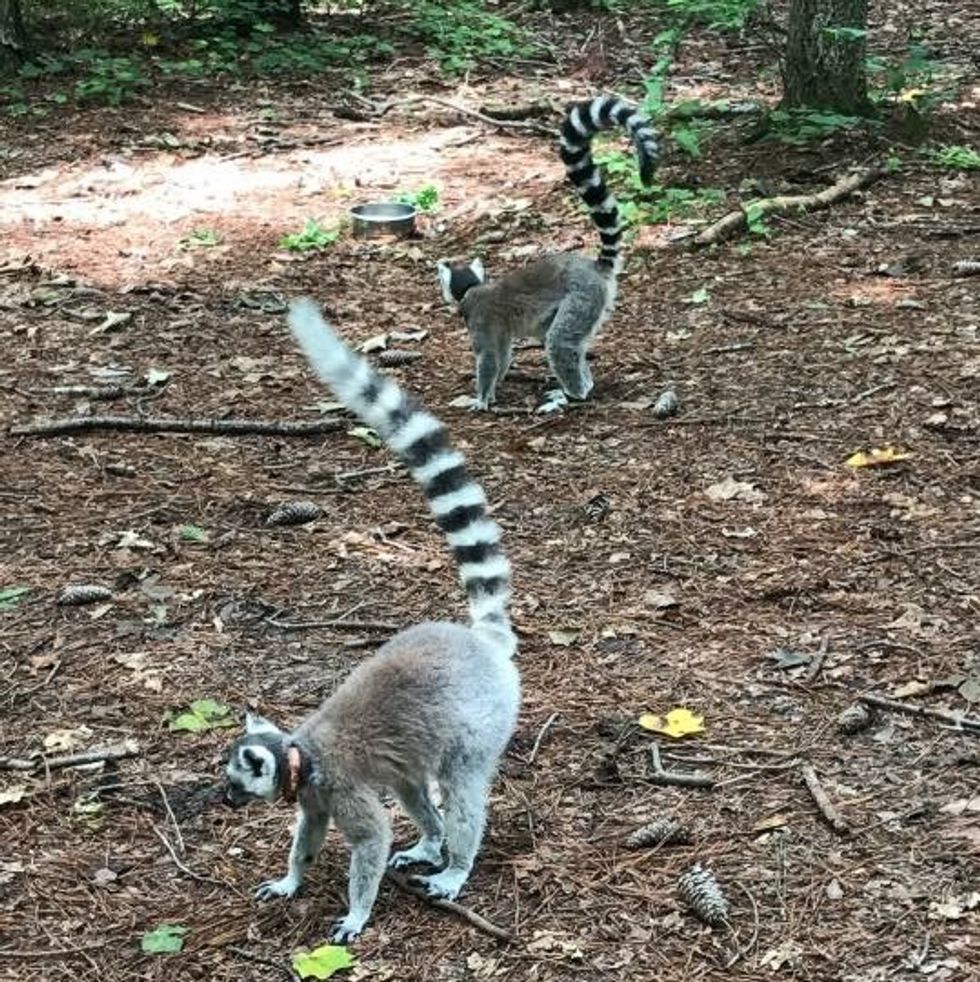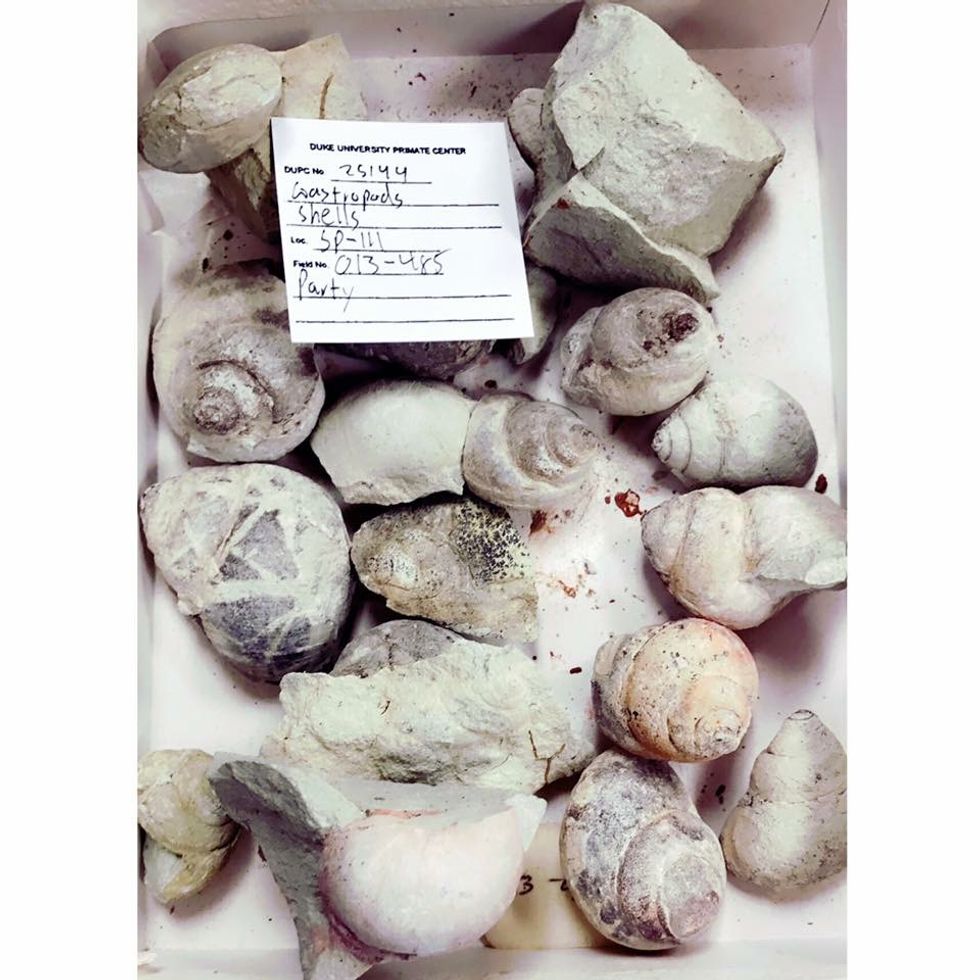Last summer, I felt antsy and wanted to explore things beyond my original major. Although I study humanities, I love science (one of my all-time favorite courses was Intro to Entomology). While searching summer job opportunities, I stumbled upon an internship with the Duke Lemur Center in Durham, North Carolina.
The Duke Lemur Center is home to many species of lemurs and other prosimian primates. The Lemur Center is a haven for researchers, zoologists, and anyone who loves lemurs. In the summer, they offer many different types of internships for students, including field research, communications, education, and animal husbandry and enrichment.
At the time of my application, they also offered an internship in their fossil lab. I applied and was accepted into the three-month program. While it was an unpaid internship, it was such a great experience and there were many cool perks, such as being able to interact with these endangered animals.
Since most of the interns worked onsite in Duke Forest, where the animals are housed, many of the group activities were held there. However, I spent the most time at the fossil lab, which was further away from the Lemur Center but closer to Duke's campus in downtown Durham.
The fossil lab was small but full of all sorts of fossils. The majority had been from excavations in Egypt, but there were some from other parts of the world, such as Madagascar and Wyoming. Each one of the employees that mentored us were eclectic but very kind and grateful for our help.
As a fossil lab interns, another person and I learned first about the history of the collection and how to read the identification cards. The lab was going through the long process of organizing and rehousing the fossil collection. One way we planned to sort the fossils was by the site code that was written on the identification cards.
Over the years, some of the fossils had been moved, transferred, or otherwise improperly stored and mishandled. As interns, a large part of our responsibility was rehousing the fossils to store them safely.
Rehousing the fossils meant taking them from poor storage conditions and placing them into better containers that we. We cut foam to provide a protective layer for the fossil and stored them in clear, lidded plastic containers instead of open cardboard boxes. It was fulfilling work because every afternoon I would start with a tray full of fossils and by the end would have constructed better storage containers for them. We also performed other mini projects along the way, including using molds and writing new cards for mislabeled artifacts.
As summer draws nearer, I encourage you to look into great internship opportunities. While the majority are unpaid, some have flexible hours and you could still keep a part-time job. Internships allow you to dive deeper into your interests or career field of choice.























